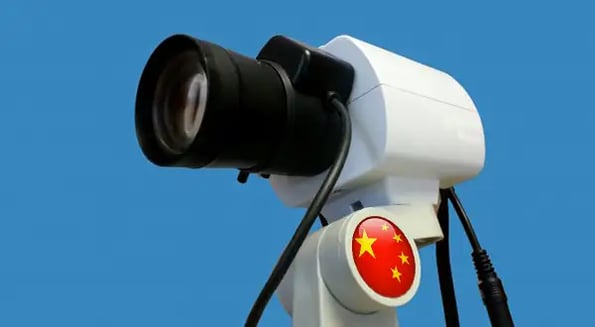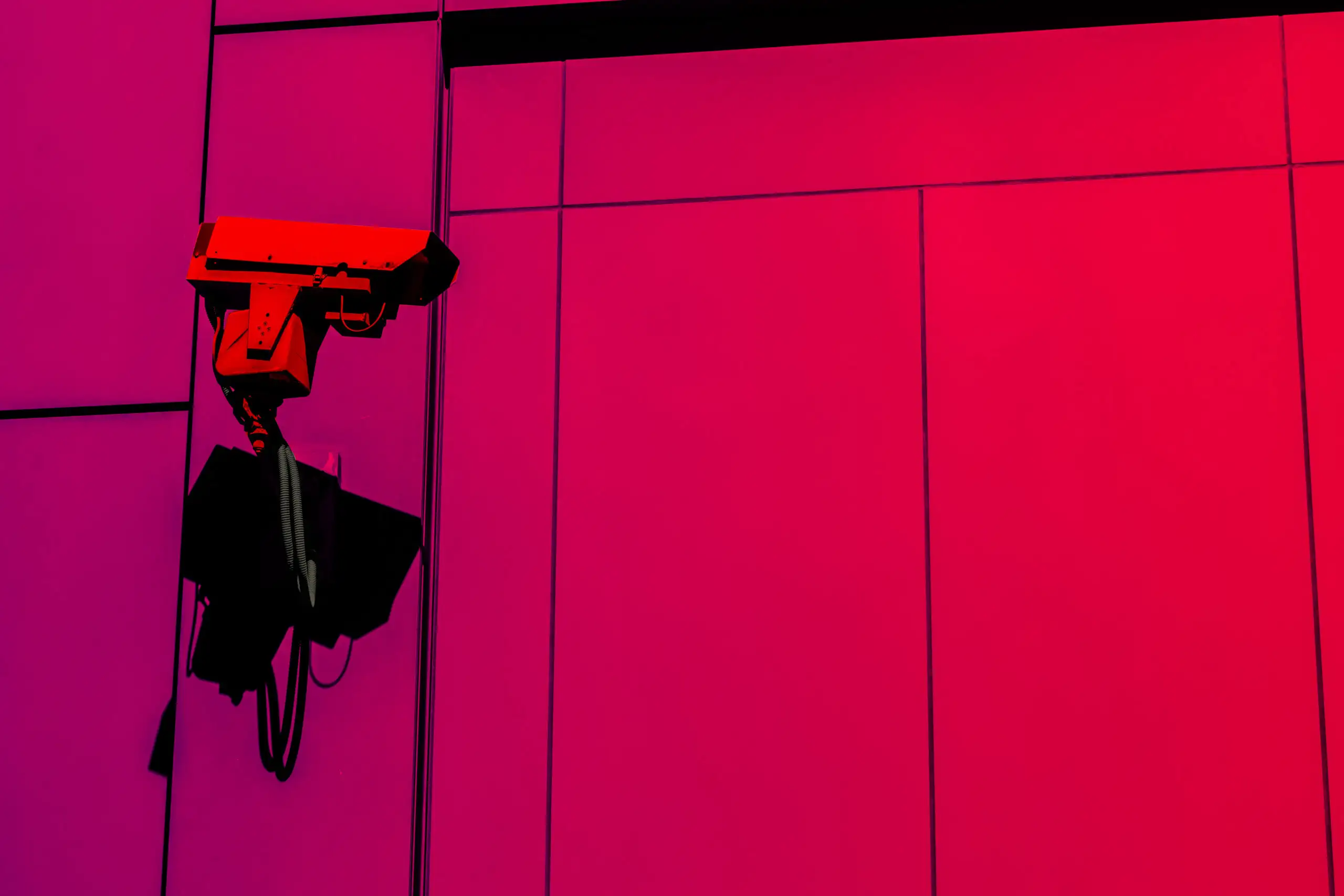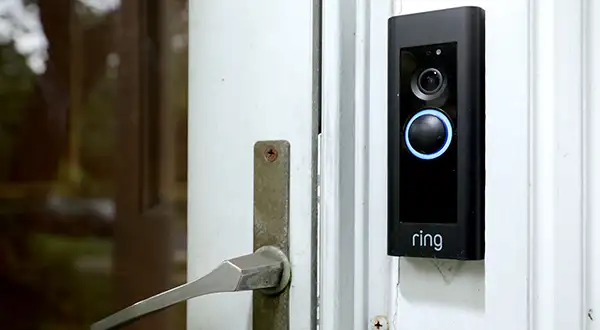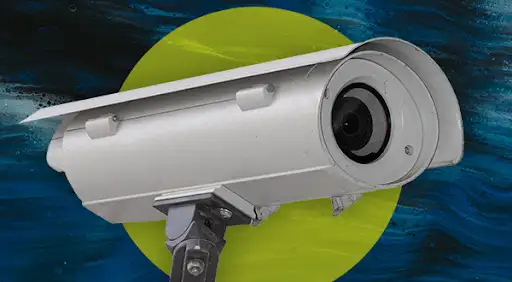Fun fact: Today, over 18 countries — including Ecuador, Zimbabwe, Uzbekistan, Pakistan, Kenya, and Germany — use intelligent surveillance systems to monitor their citizens. Funnest fact: Those systems are all made in China.

That’s because in the last decade, the Chinese government has become the surveillance capital of the world (see “social credit” system), watching citizens from tens of millions of cameras and billions of travel, internet, and business records.
Now, the government has found a way to make the technology more “affordable” to market toward other countries. But, is citizen surveillance really keeping danger on the streets further away? Or is tech-driven authoritarianism even closer than it appears?
Oh, how far we’ve come
“They’re selling this as the future of governance,” Adrian Shahbaz, research director at Freedom House, said of China’s new surveillance exports. “The future will be about controlling the masses through technology.”
He’s not wrong: According to The New York Times, even countries that couldn’t afford the technology at least signed up to receive training in topics like “public opinion guidance” (AKA censorship).
But don’t worry, Beijing now offers loans to governments that can’t afford surveillance systems — so no country ever has to suffer the hardships of an under-surveilled state.
Never take the loan
In 2011, Ecuador received a Chinese-designed surveillance system in exchange for oil — one of its main exports — but that was only the beginning.
Ecuador has since taken out around $19B in Chinese loans to finance Chinese-built infrastructure projects like dams, bridges, and highways. To settle the bill, China gets to keep 80% of Ecuador’s oil.









